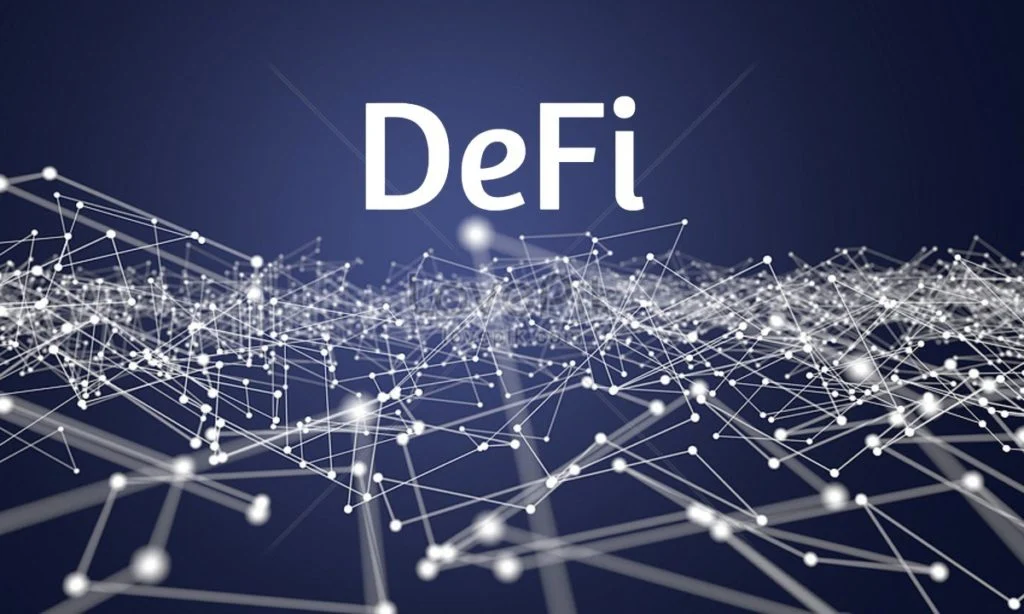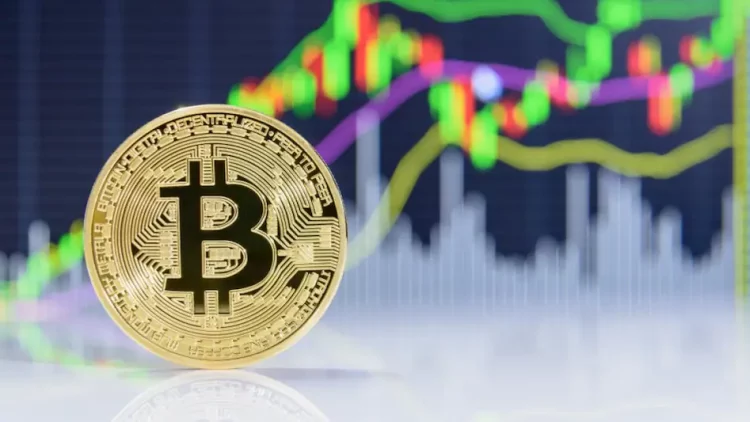Introduction
The global financial system has undergone a massive transformation over the last decade, fueled by the rapid rise of decentralized finance (DeFi). While DeFi promises a new era of open, transparent, and efficient financial services, it also operates largely in isolation from traditional financial institutions and infrastructures. The inability to bridge these two worlds has led to a fragmented financial landscape, limiting the potential benefits that both DeFi and traditional finance could offer each other.
In this article, we will explore the path toward achieving interoperability between DeFi and traditional finance. By understanding the challenges, technical solutions, and regulatory frameworks necessary to bridge these two financial paradigms, we can better position them to serve the global financial system as a whole.
1. Understanding DeFi and Traditional Finance
Before diving into the methods of achieving interoperability, it’s crucial to understand the fundamental differences and strengths of DeFi and traditional finance.
1.1 Traditional Finance
Traditional finance (TradFi) refers to the conventional financial services provided by banks, brokers, exchanges, and other intermediaries. These systems have been in place for centuries and are built on centralized platforms. The key features of traditional finance include:
- Centralization: Control is concentrated in a small number of intermediaries, such as banks, investment firms, and insurance companies.
- Regulation: These institutions are heavily regulated by government entities, ensuring a stable and secure environment for financial transactions.
- Liquidity: Centralized exchanges and market-makers provide deep liquidity, enabling efficient trades.
- Creditworthiness: Traditional finance often requires credit evaluations and intermediaries to assess risk, such as credit scores.
1.2 DeFi (Decentralized Finance)
DeFi, on the other hand, is an emerging sector built on blockchain and smart contract technology that enables decentralized, peer-to-peer financial services. DeFi platforms eliminate intermediaries, offering financial services such as lending, borrowing, trading, and insurance on decentralized networks. The key features of DeFi include:
- Decentralization: DeFi platforms are built on open-source protocols and decentralized networks, where no central authority controls the system.
- Transparency: Blockchain technology ensures that transactions are publicly visible and immutable.
- Automation: Smart contracts automate processes like lending, trading, and staking without requiring human intervention.
- Financial Inclusion: Anyone with internet access can participate, making it more accessible to underserved populations.
Despite these benefits, DeFi suffers from issues like limited liquidity, scalability problems, lack of consumer protection, and fragmentation. Moreover, the lack of integration with traditional financial systems limits its ability to function seamlessly on a global scale.
2. The Need for Interoperability Between DeFi and Traditional Finance
The fragmentation between DeFi and traditional finance poses a challenge to the broader financial ecosystem. Both systems have strengths that, if integrated, could offer more inclusive, efficient, and resilient financial services. However, achieving interoperability between DeFi and TradFi is not an easy task due to the following reasons:
2.1 Technological Incompatibility
DeFi relies on blockchain technology, which is fundamentally different from the databases and legacy infrastructure used in traditional finance. Interconnecting these systems requires developing protocols that can facilitate smooth communication and data exchange between them.
2.2 Regulatory Challenges
While traditional finance is heavily regulated by national and international authorities, DeFi operates in a relatively unregulated space. Bridging the gap between these two worlds requires developing a regulatory framework that ensures compliance without stifling innovation in DeFi.
2.3 Lack of Trust and Consumer Protection
DeFi is often criticized for its lack of consumer protection mechanisms. Smart contracts, while automated and efficient, are susceptible to bugs and vulnerabilities that could lead to significant financial losses. Traditional financial institutions, by contrast, offer protections like insurance and guarantees, which may not exist in DeFi.
2.4 Fragmentation of DeFi Protocols
The DeFi space is highly fragmented, with numerous protocols that are often incompatible with one another. Standardization is needed to enable seamless integration with traditional financial systems.

3. Potential Solutions for Achieving DeFi-TradFi Interoperability
To bridge the gap between DeFi and traditional finance, several technical and regulatory solutions can be explored. These solutions aim to address the core challenges while capitalizing on the strengths of both systems.
3.1 Blockchain Bridges and Cross-Chain Technology
One of the primary technological solutions for achieving interoperability is the use of blockchain bridges and cross-chain protocols. These technologies allow different blockchains to communicate with each other, enabling assets and data to move seamlessly between DeFi platforms and traditional financial institutions.
- Blockchain Bridges: These are protocols that allow the transfer of assets between different blockchains. For example, assets on Ethereum can be bridged to other chains like Binance Smart Chain (BSC) or Polkadot, facilitating the movement of value between DeFi protocols and traditional finance.
- Cross-Chain Protocols: Solutions like Polkadot, Cosmos, and Chainlink’s Cross-Chain Interoperability Protocol (CCIP) focus on enabling cross-chain communication. These protocols aim to make it easier for DeFi applications to connect with external systems, including traditional financial infrastructure.
3.2 Central Bank Digital Currencies (CBDCs) and Stablecoins
Central Bank Digital Currencies (CBDCs) could serve as an important bridge between DeFi and traditional finance. CBDCs are digital representations of a country’s fiat currency and are issued and controlled by central banks. As CBDCs become more prevalent, they could be integrated into DeFi platforms, enabling interoperability with traditional financial systems.
- CBDCs in DeFi: Many DeFi protocols are exploring the integration of CBDCs to provide a stable and government-backed digital asset within decentralized ecosystems.
- Stablecoins: Stablecoins like USDC, USDT, and DAI are already being used to bridge the gap between DeFi and traditional finance. These assets offer price stability and can be easily integrated with traditional financial systems for cross-border payments and settlements.
3.3 Tokenization of Traditional Assets
Tokenization is the process of converting real-world assets, such as stocks, bonds, or commodities, into digital tokens that can be traded on blockchain platforms. Tokenization enables the integration of traditional assets with DeFi applications, increasing liquidity and accessibility.
- Real-World Asset Tokenization: By tokenizing traditional financial assets, these assets can be transferred, traded, and used as collateral in DeFi protocols. This could unlock new opportunities for investment and trading in both traditional and decentralized markets.
- Security Token Offerings (STOs): STOs provide a legal and compliant framework for issuing tokenized assets. These security tokens could be used for decentralized trading while adhering to the regulatory requirements of traditional finance.
3.4 Regulatory Sandboxes and Collaboration
For DeFi and traditional finance to coexist harmoniously, regulatory bodies must create flexible regulatory frameworks that encourage innovation while ensuring consumer protection and financial stability.
- Regulatory Sandboxes: Many countries have established regulatory sandboxes, allowing companies to test new financial products and services in a controlled environment. DeFi projects could benefit from such sandboxes to experiment with traditional financial integration in a regulatory framework.
- Collaboration Between Regulators and DeFi Projects: Governments and regulatory bodies must work closely with DeFi projects to develop clear guidelines and frameworks that ensure compliance with anti-money laundering (AML), know-your-customer (KYC), and other financial regulations.
3.5 Decentralized Identity (DID) Systems
In traditional finance, KYC and AML processes are essential for ensuring that customers are properly identified and that transactions are legitimate. Similarly, in DeFi, the integration of decentralized identity systems (DIDs) could help link digital identities with on-chain activities, ensuring that DeFi users meet the necessary compliance standards without compromising their privacy.
- Self-Sovereign Identity: Using decentralized identifiers, users can control their own identity data, making it easier for them to interact with both DeFi and TradFi platforms.
- Identity-Verified DeFi: Combining decentralized identities with on-chain smart contracts could help bring transparency and legitimacy to DeFi transactions, easing concerns about compliance and fraud.
4. The Future of DeFi-TradFi Integration
The integration of DeFi and traditional finance is still in its early stages, but the trajectory is clear: the two worlds must find ways to coexist and work together. The next decade will likely witness:
- Increased Collaboration: Banks and financial institutions will begin to partner with DeFi platforms, using blockchain to streamline operations like payments, lending, and investment management.
- Hybrid Models: Hybrid financial models, blending the advantages of centralized finance (TradFi) and decentralized finance (DeFi), will become more common. For instance, banks might use DeFi for certain functions like liquidity provision, while maintaining central control over high-risk areas like lending.
- Regulatory Evolution: Governments will develop new regulatory frameworks that ensure the safe integration of DeFi and TradFi, allowing for secure, efficient, and inclusive financial systems.
Conclusion
Achieving interoperability between DeFi and traditional finance will unlock significant opportunities for the global financial system. By leveraging technological innovations like blockchain bridges, CBDCs, tokenization, and decentralized identities, along with creating flexible regulatory frameworks, DeFi and TradFi can work together to provide more efficient, inclusive, and secure financial services.
The road to full integration is complex, but with continued innovation, collaboration, and regulation, the future of finance will be both decentralized and centralized, offering a more resilient and accessible system for everyone.

















































